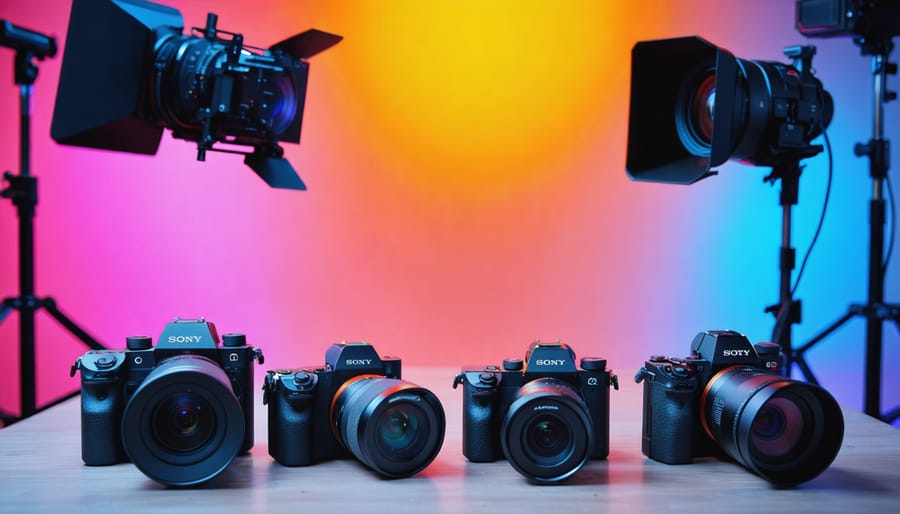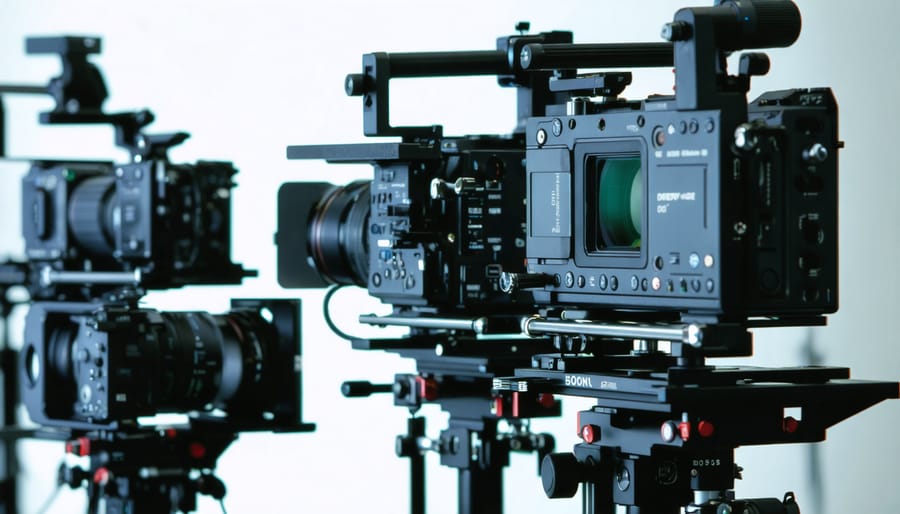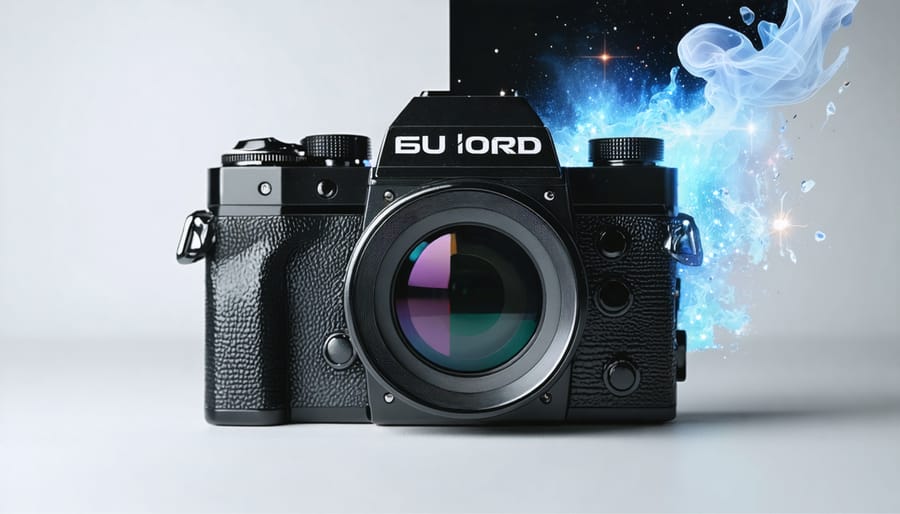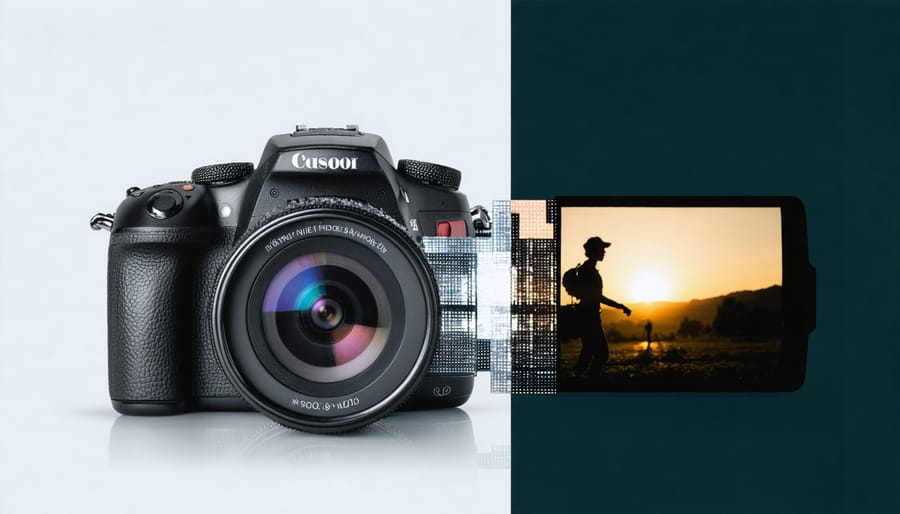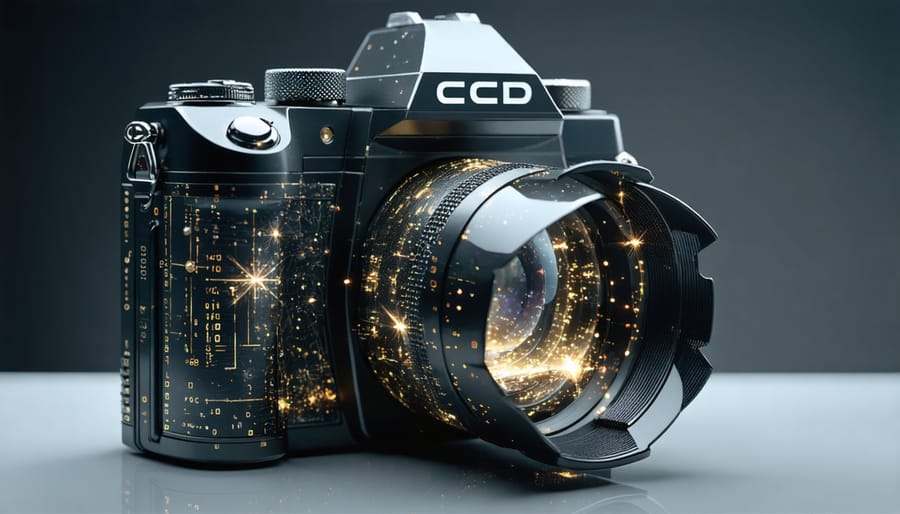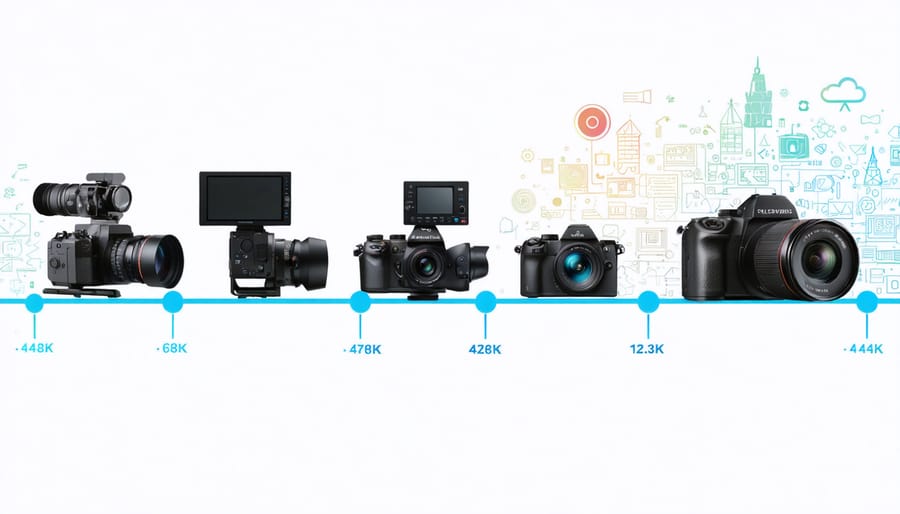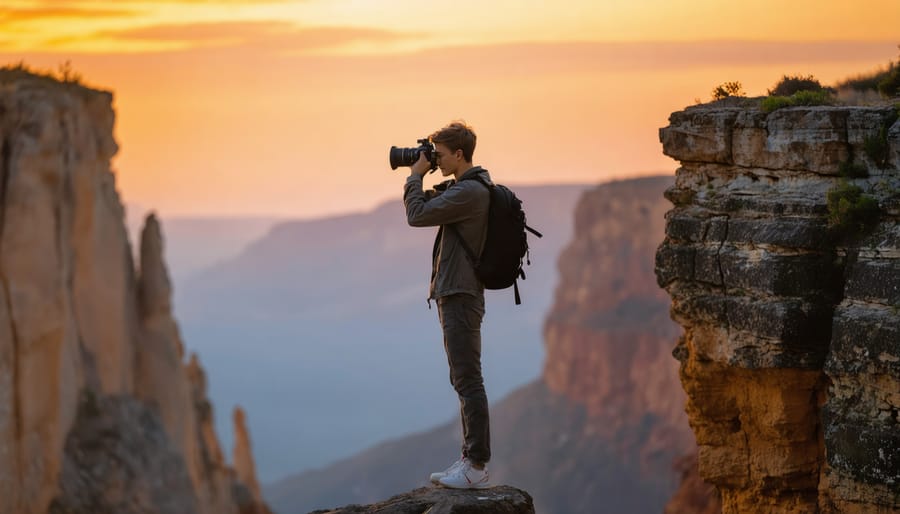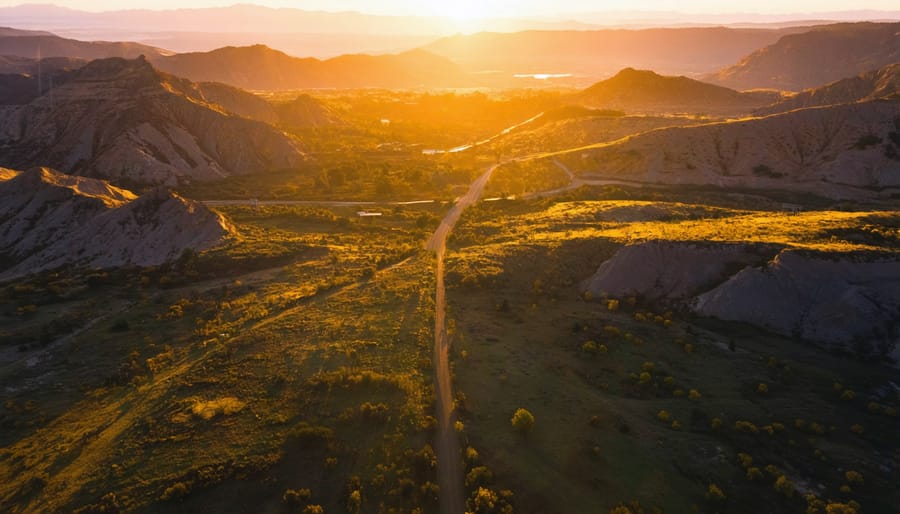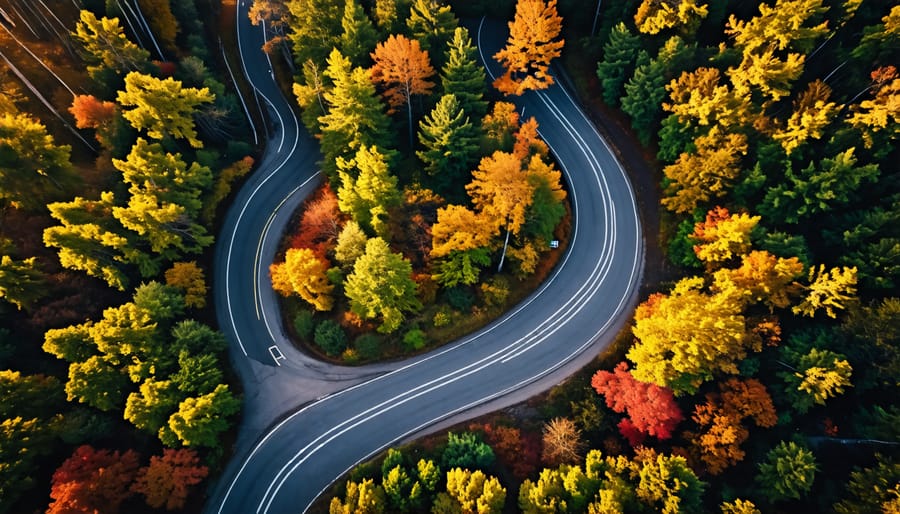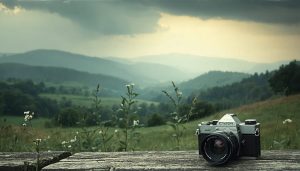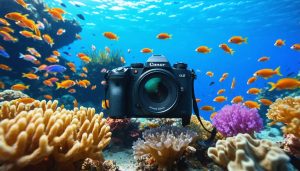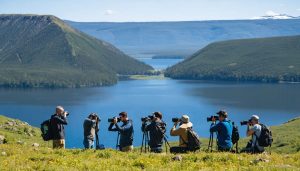Choose a cinema-grade mirrorless camera with 4K/60fps capability and professional color profiles for music video production, as the rapid evolution of video technology has made professional-quality gear more accessible than ever. Modern cameras like the Sony A7S III, Canon R5, or Blackmagic Pocket 6K combine exceptional low-light performance, superior autofocus, and robust recording options essential for music video creation.
Match your camera selection to specific music video requirements: slow-motion …
Pro Video Cameras Revealed: What the Top Filmmakers Actually Use
Professional cinematographers and filmmakers rely on three distinct tiers of video cameras, each serving specific production demands in today’s rapidly evolving digital landscape. From Hollywood blockbusters to television broadcasts, the evolution of video cameras has created clear divisions between cinema cameras like the ARRI Alexa and RED Komodo, broadcast-grade systems such as the Sony PXW series, and hybrid mirrorless cameras including the Sony FX6 and Canon C70. These professional tools share critical features: …
Hybrid Cameras: Where Film Magic Meets Digital Innovation
In the convergence of analog charm and digital precision, hybrid film and digital cameras represent a remarkable milestone in the evolution of digital photography. These innovative devices bridge two worlds, combining the timeless aesthetic of film photography with the convenience and immediacy of digital imaging. By integrating traditional film mechanisms with modern digital sensors, these hybrid systems offer photographers unprecedented creative control and workflow flexibility. Whether capturing the organic grain …
Modern Digital Cameras Are Replacing Your Video Camera (Here’s Why)
The convergence of high-quality video and still photography has revolutionized visual storytelling. Today’s digital cameras pack professional-grade video capabilities into compact bodies, transforming how we capture both decisive moments and flowing narratives. From wedding photographers seamlessly switching between photos and cinematic sequences to wildlife enthusiasts documenting animal behavior in 4K resolution, hybrid shooting has become the new standard.
Modern digital cameras now rival dedicated video cameras, offering advanced features like 10-bit color depth, in-body stabilization, and frame rates exceeding 120fps. …
CCD Sensors: The Technology That Changed Digital Photography Forever
The CCD (Charge-Coupled Device) sensor revolutionized understanding camera sensors and sparked the modern evolution of digital photography. Unlike the human eye, which constantly refreshes its view of the world, a CCD sensor methodically captures light by converting photons into electrical charges across thousands of tiny pixels. This remarkable technology, first developed at Bell Labs in 1969, transformed from a telecommunications curiosity into the backbone of digital imaging, earning its …
From Film to 8K: The Remarkable Evolution of Video Cameras
From the first motion picture cameras of the late 1800s to today’s cutting-edge digital cinematography, the evolution of video cameras has been a remarkable journey of ingenuity and innovation. Over more than a century, video cameras have transformed from bulky, mechanical devices capable of only short, silent, black-and-white clips to sleek, high-resolution powerhouses that bring our imagination to life with stunning clarity and vibrant color.
This article will take you on a captivating voyage through the key milestones and breakthroughs that have shaped the video camera into the sophisticated storytelling tool we know today…
From Shutter to Success: 9 Steps to Launch Your Photography Business
Develop Your Skills and Style
Before launching your photography and videography business, it’s crucial to invest time and effort into honing your craft, developing a unique style, and building a strong portfolio. Your skills and style are what set you apart from the competition and attract your ideal clients.
To develop your skills, immerse yourself in the world of photography and videography. Attend workshops, take online courses, and practice consistently. Experiment with different …
Capture Jaw-Dropping Aerial Photos: 7 Essential Drone Photography Tips
Choose the right settings to maximize image quality. Select a low ISO for less noise, use aperture priority mode to control depth of field, and dial in an appropriate shutter speed to freeze motion or top camera drones allow creative blur. Compose shots thoughtfully, using the rule of thirds, leading lines, symmetry, patterns, and framing to create compelling, well-balanced images that guide the viewer’s eye. Plan flights for the best natural light, shooting during the golden hours near sunrise and sunset for warm, directional illumination that …
Bionic Eye Breakthrough: See the World in HD with Lens Implants
Imagine a future where poor vision is a relic of the past. Where contact lenses and glasses are rendered obsolete by cutting-edge technology that merges biology and bionics. This futuristic vision may be closer than you think, thanks to a revolutionary innovation: the bionic lens implant.
Hailed as a breakthrough in vision enhancement, the bionic lens implant promises to redefine human sight. Using an ultra-thin, biocompatible polymer, this artificial lens is surgically inserted into the eye, replacing the natural lens. But this is no ordinary implant. Embedded with advanced nanotechnology and microsensors, the bionic lens has the …
7 Powerful Composition Techniques to Elevate Your Drone Photography
Elevate your aerial photography with these drone composition techniques:
Master the art of composition by applying the rule of thirds, leading lines, and symmetry to your drone shots. Imagine a 3×3 grid over your frame and place key elements along the lines or at their intersections.
Seek out unique perspectives only possible with camera drones, like top-down views, low-altitude angles showcasing …

